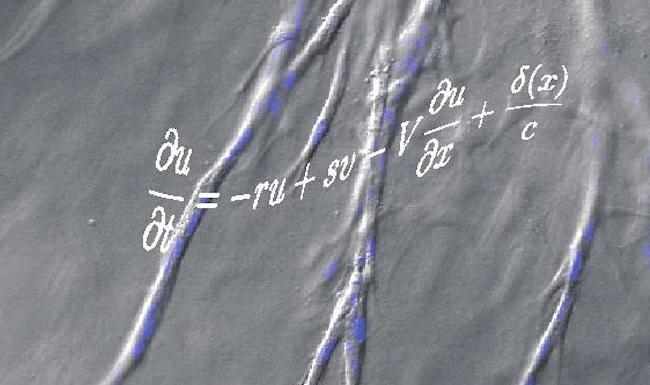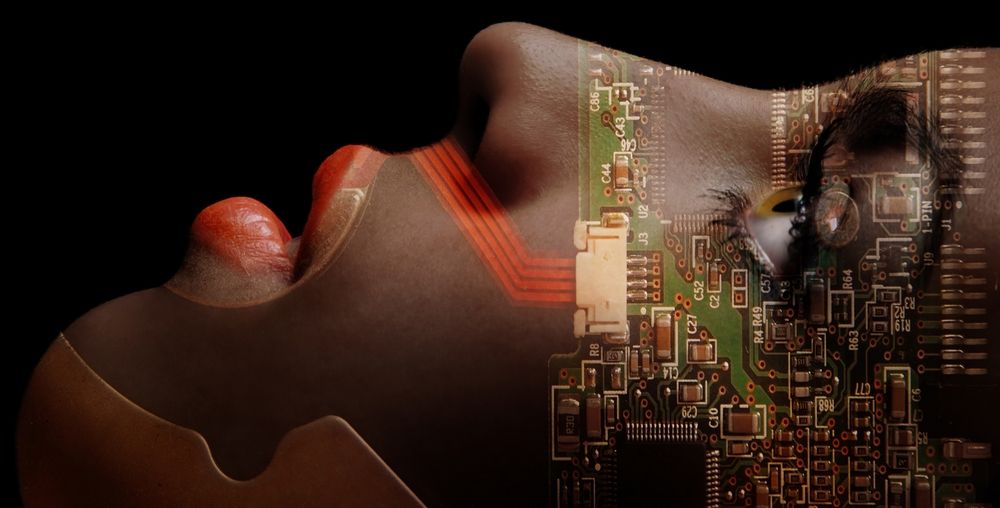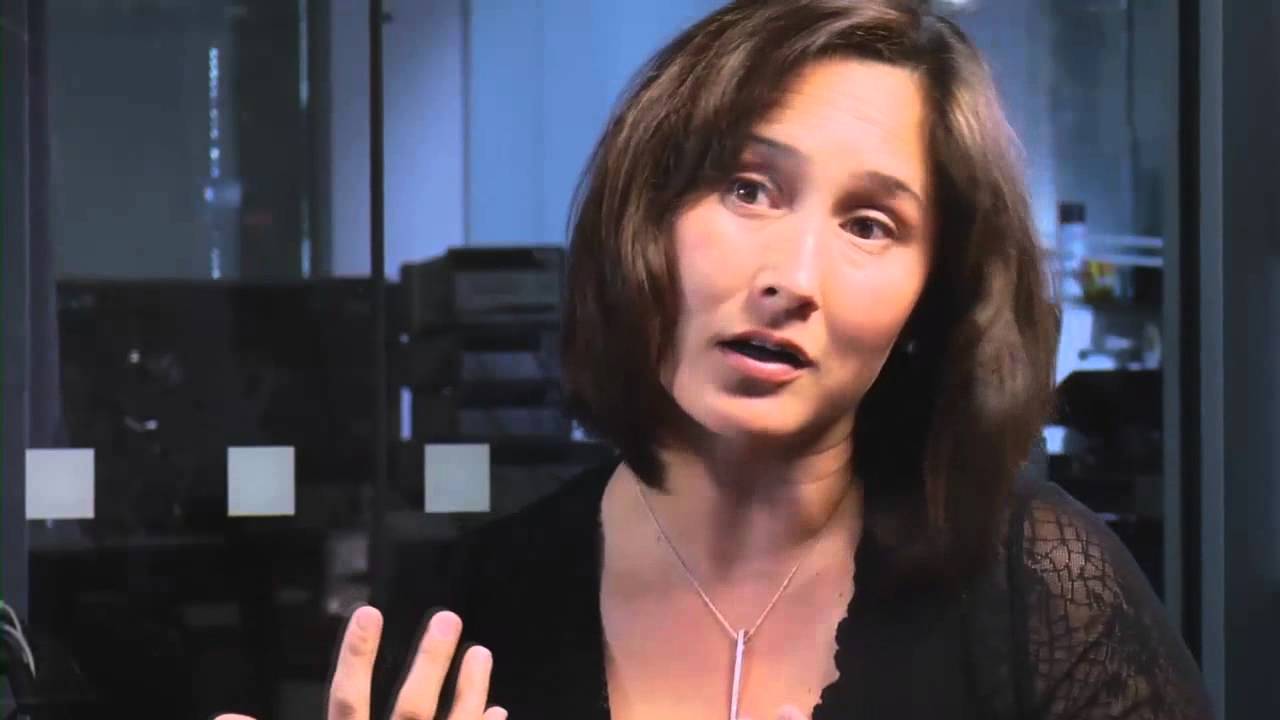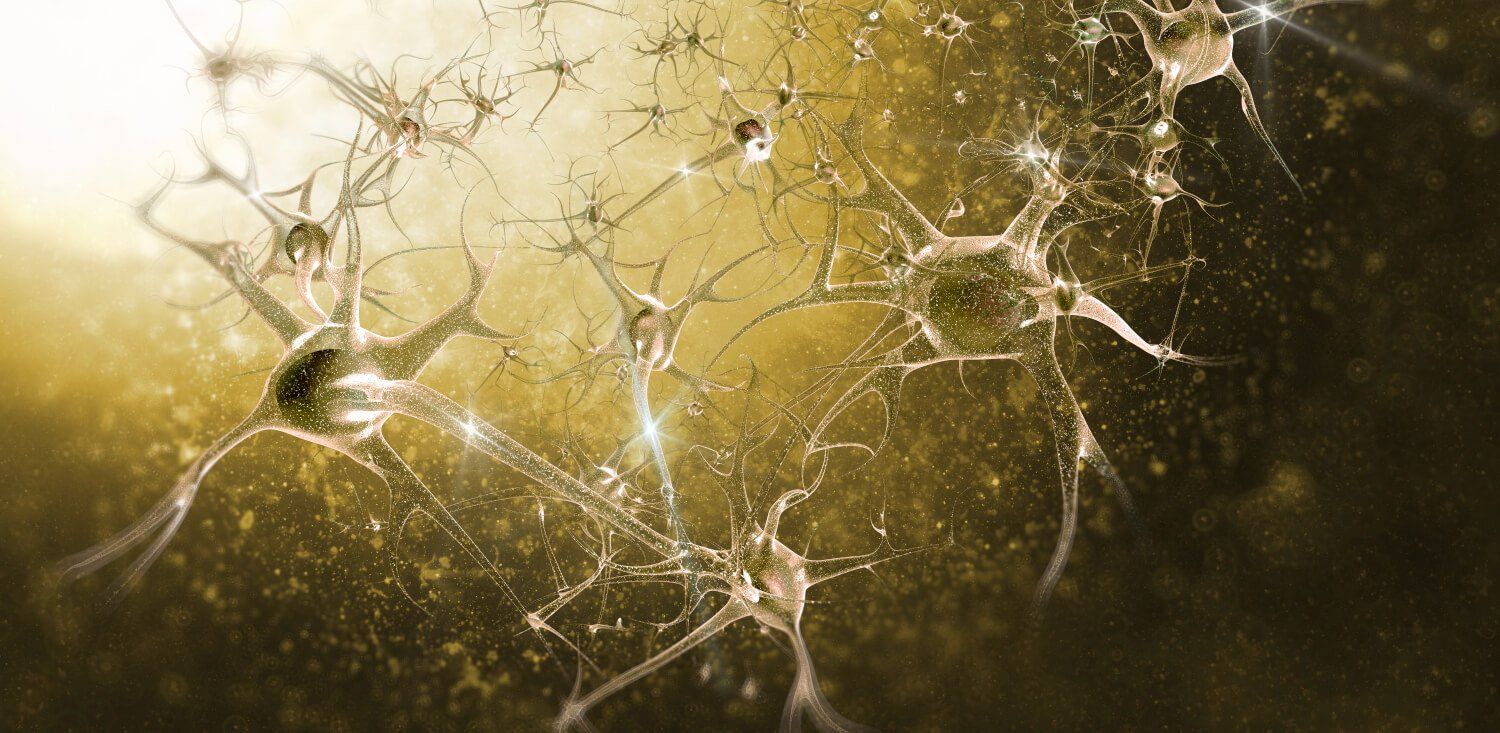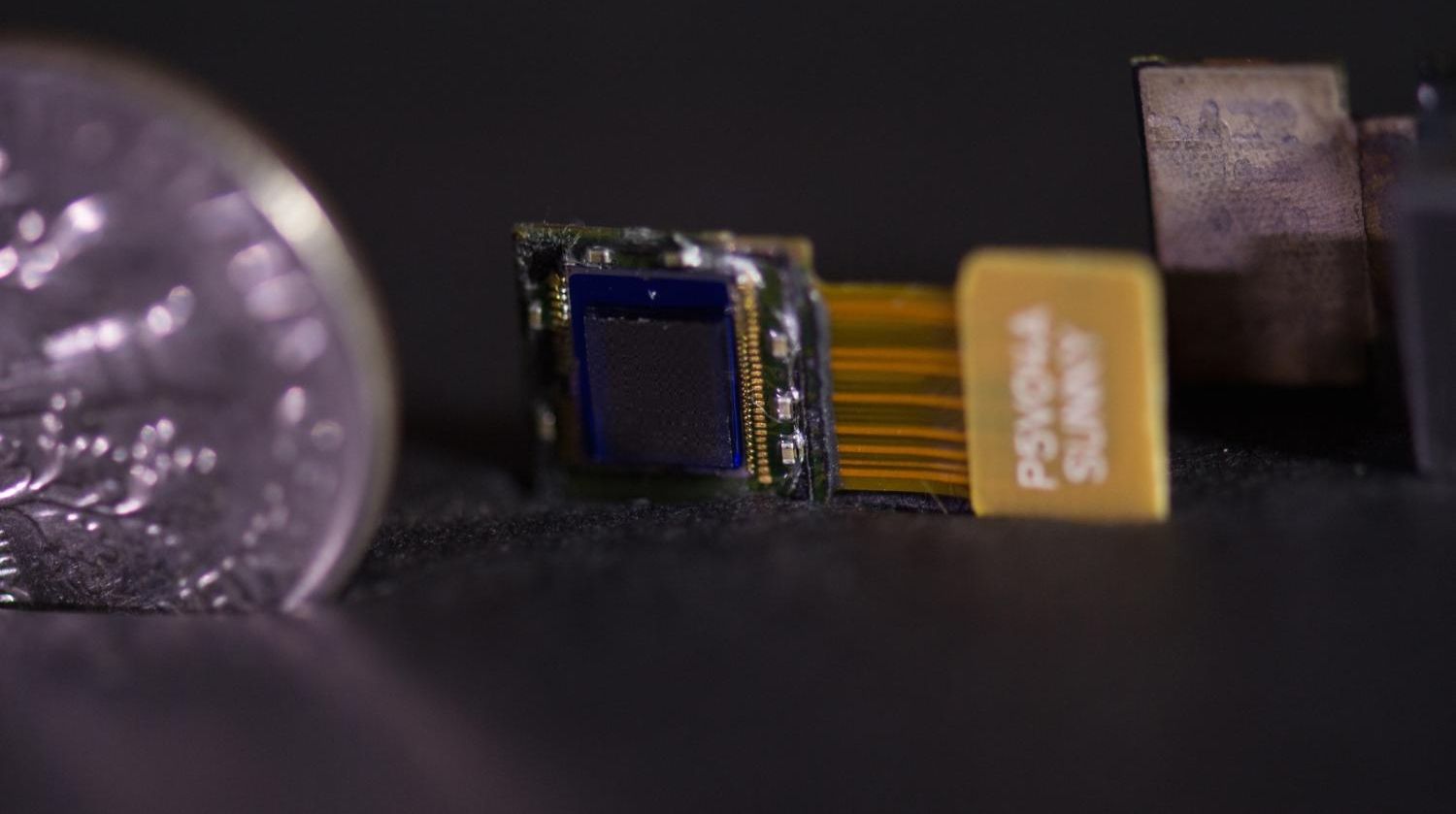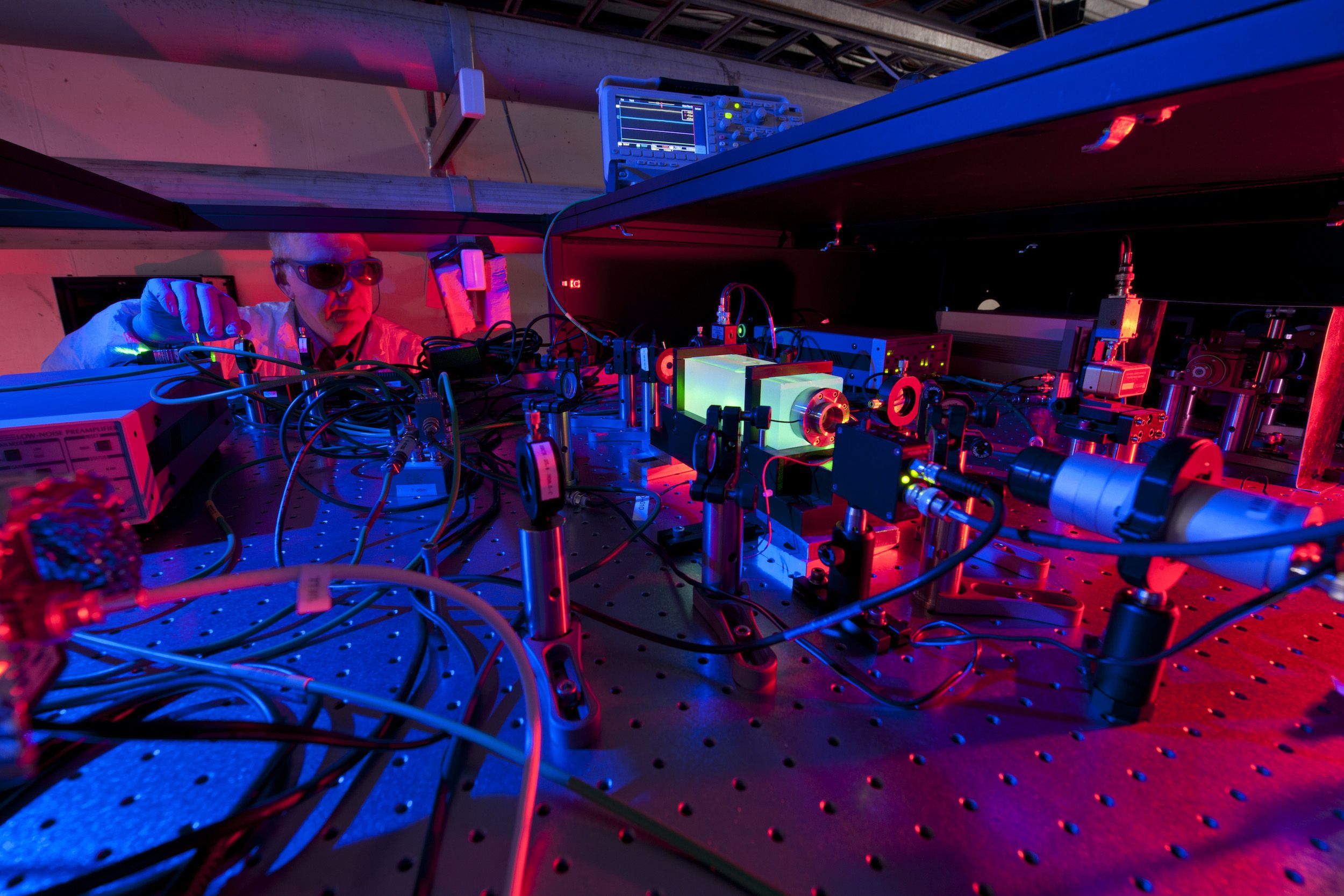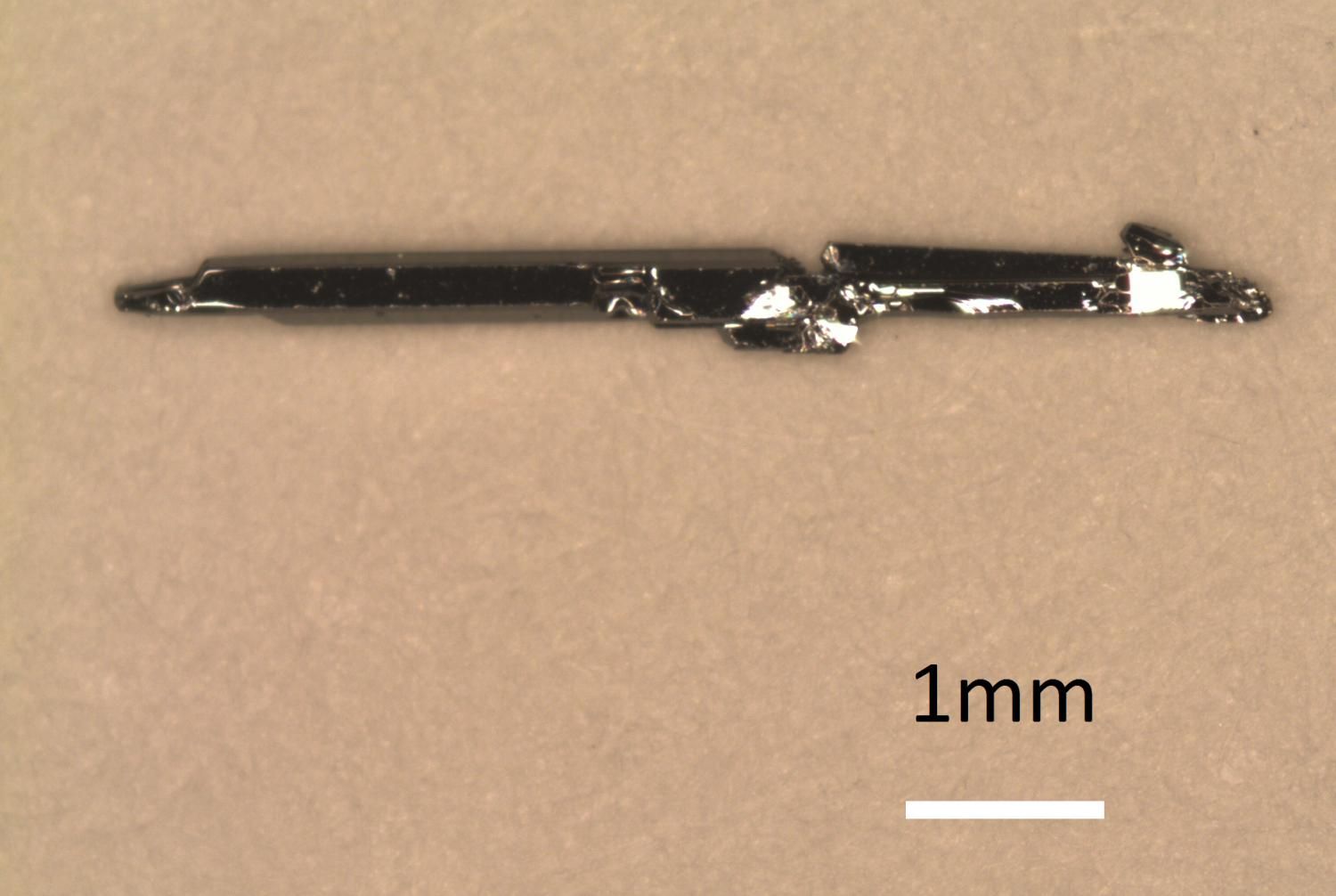
An international team of researchers has predicted the existence of a new type of particle called the type-II Weyl fermion in metallic materials. When subjected to a magnetic field, the materials containing the particle act as insulators for current applied in some directions and as conductors for current applied in other directions. This behavior suggests a range of potential applications, from low-energy devices to efficient transistors.
The researchers theorize that the particle exists in a material known as tungsten ditelluride (WTe2), which the researchers liken to a “material universe” because it contains several particles, some of which exist under normal conditions in our universe and others that may exist only in these specialized types of crystals. The research appeared in the journal Nature this week.
The new particle is a cousin of the Weyl fermion, one of the particles in standard quantum field theory. However, the type-II particle exhibits very different responses to electromagnetic fields, being a near perfect conductor in some directions of the field and an insulator in others.
Read more
